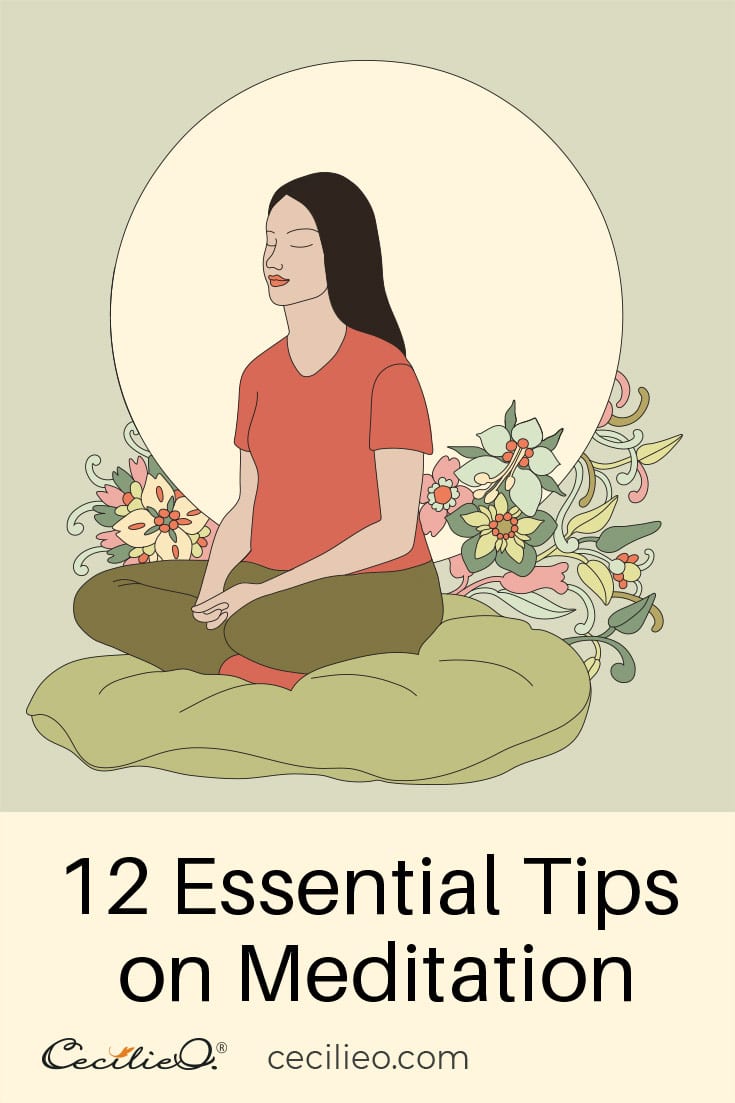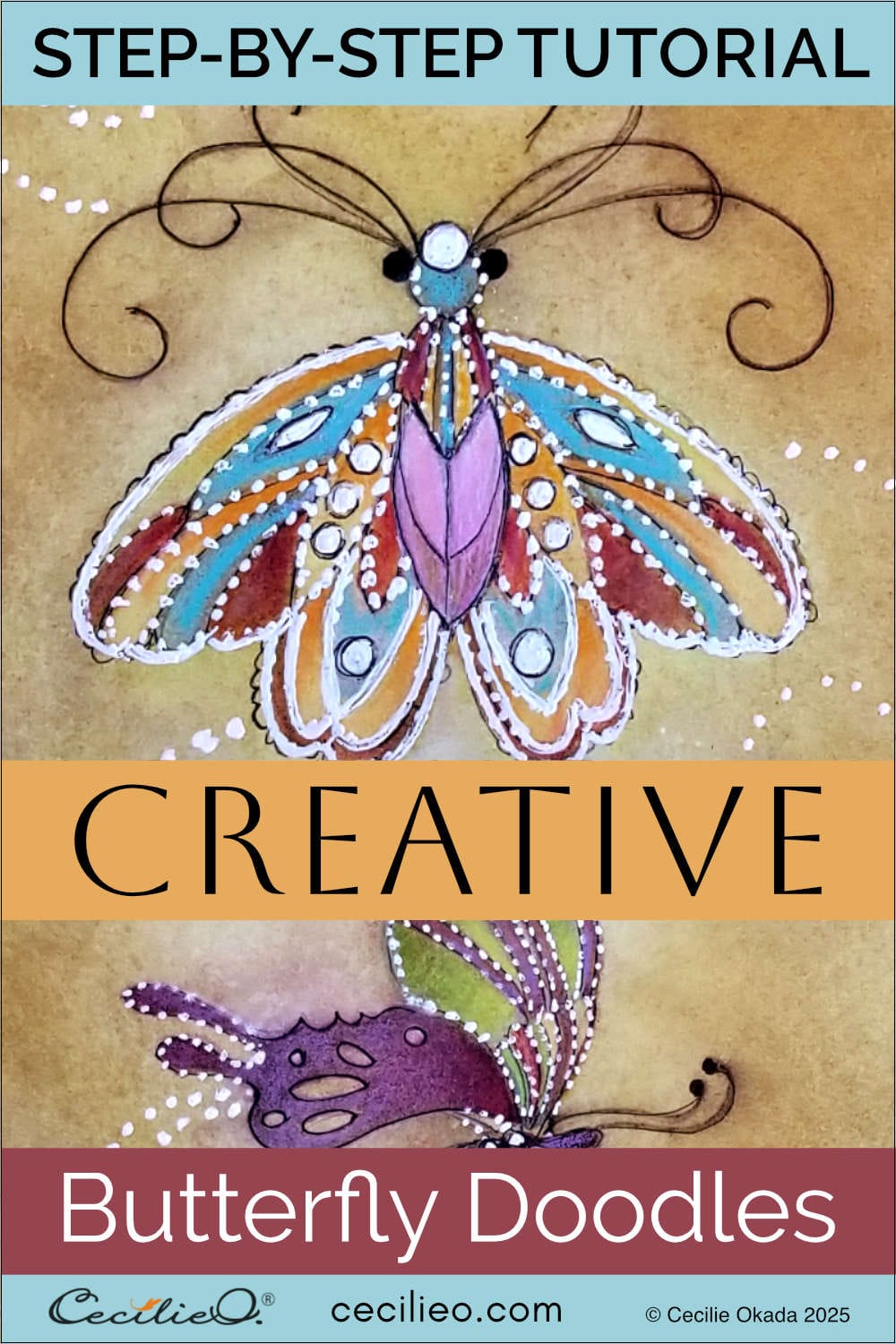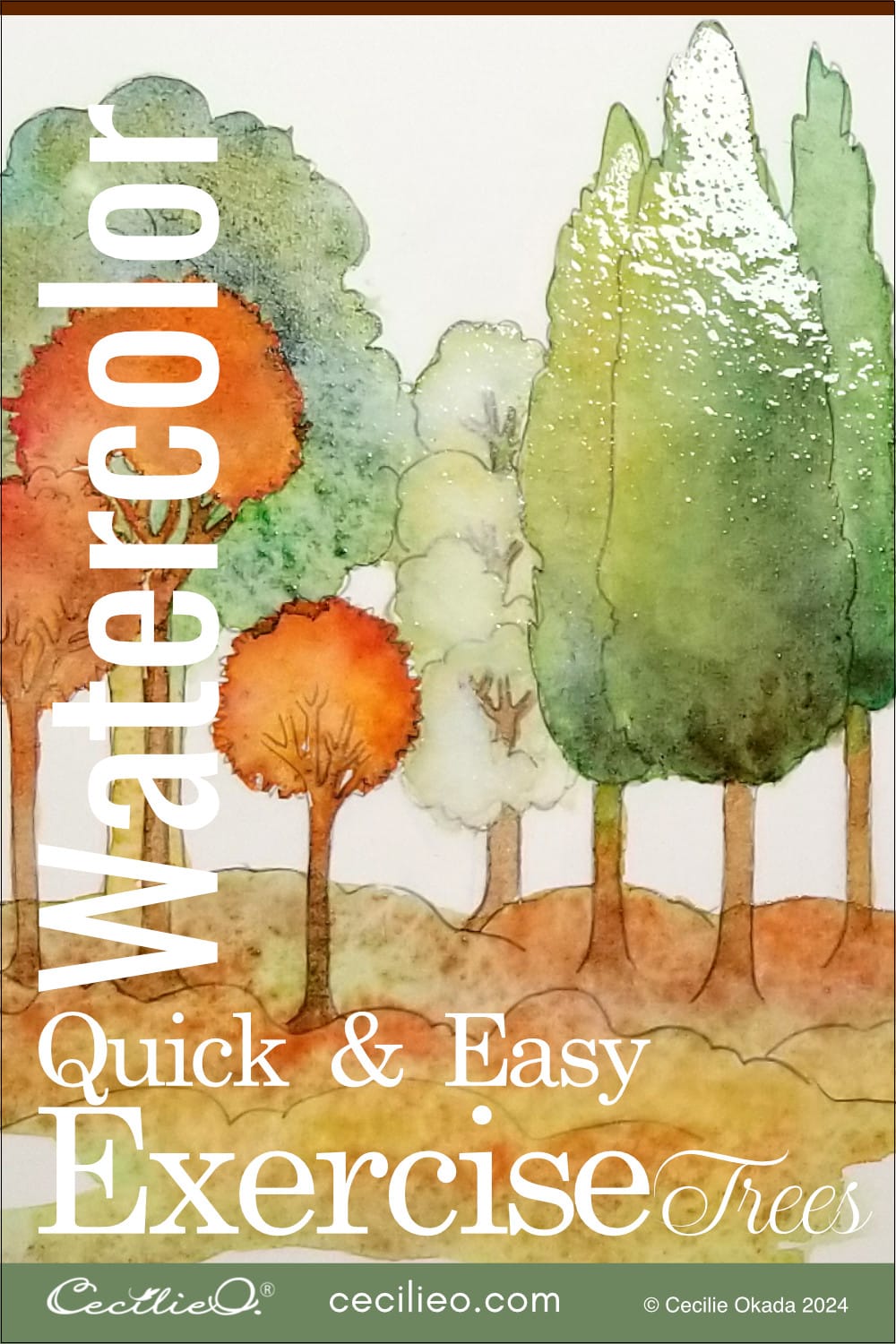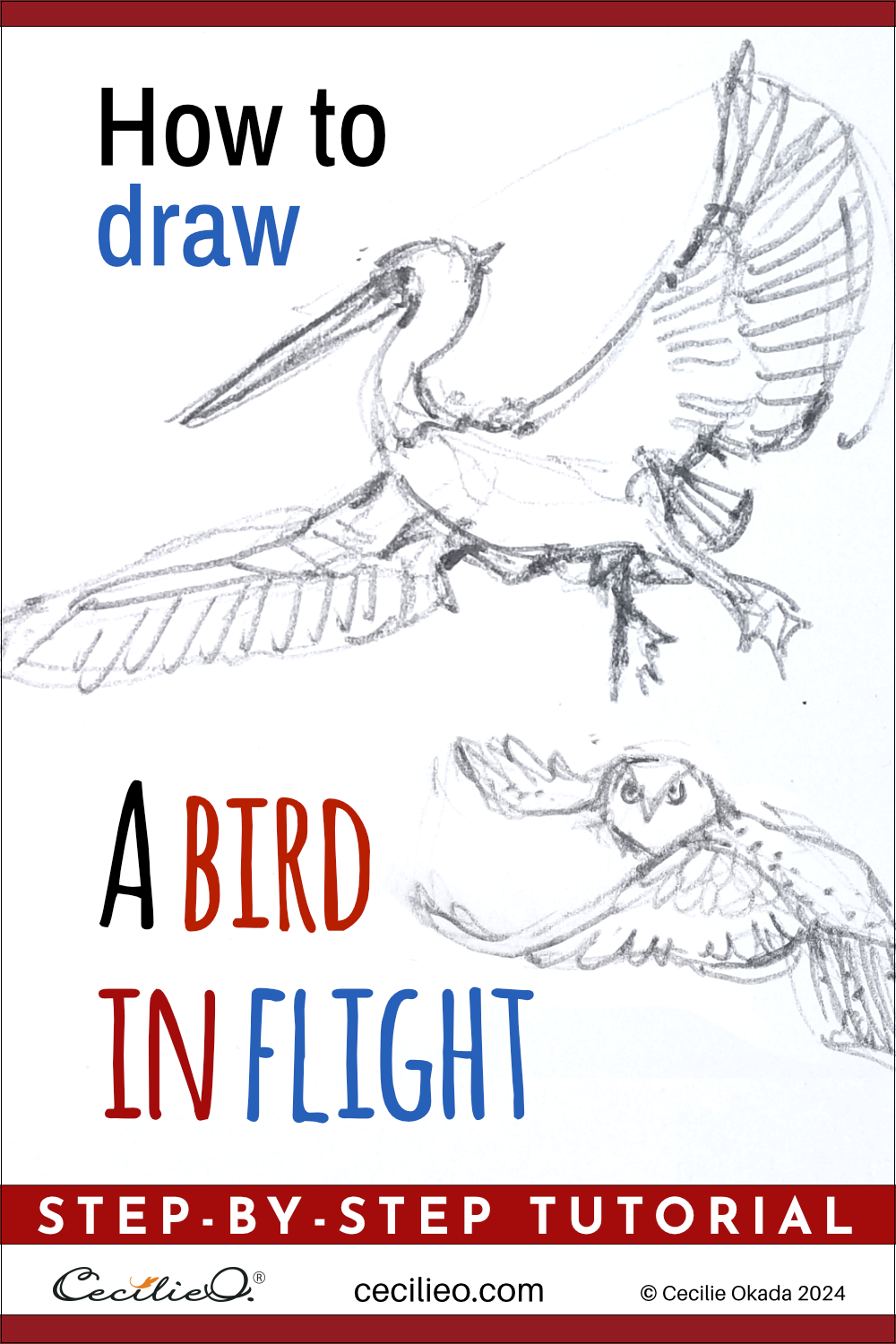
Estimated reading time: 8 minutes
In this article, I share my best tips on meditation. It’s based on what I have learned through trial and error. With a lifelong twice-daily practice, I have faced all the common obstacles. Without the benefit of meditation in my daily life, I don’t think I would be the same person. It has also enriched my sense of spiritual contentment.
When I started meditating, I was disturbed by the incessant chatter inside my head. It was like a galloping horse and I had no reigns. Sounds familiar? Begin your journey with a short, simple meditation. Each meditation tip in this blog post has stood the test of time.
How do you meditate?
You can learn to meditate by listening to a guided meditation.
The most important thing when you have started meditating is to make it part of your daily life. As with all things in life, only what is practiced regularly leads to mastery. You don’t expect to become a great pianist without daily practice. It is common to believe you can experience deep meditation off the cuff. Why would meditation be different than any other learned skill?
What to think about while meditating?
Meditation is about focusing your attention. When your mind wanders, gently steer it back to a focal point. Each type of meditation practice has its own set of lessons that teach you how to do this.
In mindfulness meditation, you become an observer of your thoughts. In yoga meditation, you guide your thoughts towards mantra, visualization, and spiritual awareness.
But we all know how difficult it can be to focus. There is always something to engage your thoughts. Focusing on a positive emotion will help you achieve a more compliant mind.
When you start a meditation practice, you need to consider some practical issues. Meditation techniques are not only about the mind. It’s also about integrating simple routines and using common sense to make them work in your daily life.
How long should a beginner meditate, and when is a good time to meditate?
The no.1 obstacle to meditation is finding the time. Life is busy. Most people have an endless supply of excuses for not getting it done.
The best time to meditate is first thing in the morning or last thing at night. For a starter, all you need is ten minutes before your other morning routines. Or ten minutes before you go to sleep. Brush your teeth and splash some cool water on the eyes and face. Then sit on your bed for your morning or evening meditation.
As you get more comfortable doing meditation, you will naturally increase how long you sit. It can be helpful to use a meditation timer if your schedule is tight, or if ten minutes feels too long.
What’s the best place to meditate?
Yes, all you need is your bed. It is soft, quiet, and comfy. You don’t need any special equipment or pillow, or a dedicated meditation room. Make it simple.
What’s the best meditation posture?
The best posture is to sit cross-legged. Why? Because an erect spine helps the energy flow in your body, and in keeping your mind relaxed and alert. It also has a deep spiritual significance from a yogic perspective ( that we won’t go into here).
With your eyes closed, keep your hands folded in your lap. The thumbs should touch each other. This posture helps to bring your attention into focus. For an advanced meditator, this is still the best meditation posture for concentration. A lot of meditation imagery shows people who sit cross-legged with their hands resting on their knees. It is a posture that is useful once the mind has already dived deep.
Many people find it hard to sit crosslegged. The push against the ankles creates pins and needles, and the knees hurt. The soft surface of the bed prevents numbness.
To avoid slouching when you meditate, you can use your pillow as a meditation cushion. When you sit crosslegged, only your butt should be on the pillow while your crossed legs rest on the mattress. That way your back will remain straight.
If your legs permit a half-lotus or full-lotus meditation posture, that is even better. But if your health will only allow you to meditate in a chair, that’s ok too. Just try to sit as straight as possible. If it is painful to sit straight while meditating in bed, rest the back against the bedhead or wall.
You may find it helpful to pay attention to your posture when walking or moving around the house. Pulling in your butt automatically straightens the lower back.

How do you breathe during meditation?
A deep, slow breath is intimately connected to a relaxed mind. Stress is accompanied by fast, shallow breathing. Breathe slowly and deeply, but go gently and don’t force it. A forced slow breath is in itself stressful.
What are the 3 types of meditation?
In yoga, the goal of meditation is to gain inner calm and connect to your spiritual essence. In the context of relaxation, your aim is to soothe the mind and body. It’s possible to get both at the same time. Let’s take a look at 3 common types of meditation practice.
Mindfulness meditation
Mindfulness meditation has no esoteric, mystical, or spiritual references. In this meditation practice, you learn to simply observe your mind. You can also focus on positive emotions such as compassion. The process leads to the transformation of negative experiences and attitudes. It is a gentle way to discover your true self and to change for the better. Self-knowledge is the first step to inner peace.
Mindfulness can extend into all areas of life by being fully present. Creativity and art is an easy way to practice mindfulness. Walking meditation in nature is also an effortless way to practice mindfulness. You pay attention to the small marvels of mother Nature.
Many people find a meditation app helpful for mindfulness meditation.
Yoga meditation
Yoga meditation is an ancient meditation practice originating in India. Meditation techniques based on sound (mantra) and visualization activate spiritual awareness. As a meditation for beginners, it provides simple practices for focusing your attention. When you achieve a daily meditation routine, further meditation lessons are taught. Advanced lessons include breathing exercises called Pranayama.
Calm, soothing music stirs up positive emotions. Likewise, the repetition of a mantra creates a soft flow in the mind. Mantras are in the ancient Sanskrit language. They always carry a spiritual meaning. Ideation on the meaning is as important as repetition. When your mind has wandered, your effort is focused on bringing your attention back to the mantra.
The visualization processes in yoga meditation have a powerful impact on the mind. It leads your attention away from the external world towards an inner sanctuary.
The goal of meditation with this method is spiritual awareness. Spiritual contentment makes you resilient against life’s ups and downs. It is an inner peace that prevails even in the darkest hour.
Guided visualization
Listening to a guided visualization helps you to create a dream-like inner world. In a sleeping dream, you experience many kinds of emotions. They are part of the movies created by your subconscious mind. In a guided visualization, you arouse positive emotions and sensations with beautiful, relaxing imagery. While fully conscious you enter a waking “dream”.
A guided visualization can help you discover the hidden corners of your mind. You walk paths you never knew existed. It’s a great tool to awaken positive emotions. You can also experience spiritual awareness and awaken creativity with these imaginary journeys.
Guided visualizations can be a stepping stone to mindfulness meditation and yoga meditation. But as a daily practice, it may fall short because you depend on an external, recorded voice. Regular meditation is easier to achieve when it is free from external aids.

My blog has many art tutorials. Enjoy mindfulness through art.
Can I meditate lying down?
Yes, you can meditate lying down. Except, strictly speaking, it’s not meditation. It’s a way to follow a mental process to relax and fall asleep, which in any case may be what you want. When you go on a guided visualization journey, lying down works well. But to meditate is an active verb. You need to be alert.
The Merriam-Webster dictionary defines meditation as follows:
“To engage in contemplation or reflection”.
“To engage in mental exercise (such as concentration on one’s breathing or repetition of a mantra) to reach a heightened level of spiritual awareness”.
How do you know meditation is working?
Daily meditation leads to a calmer mind and self-knowledge. A sense of deep spiritual connection comes with a spiritual intention in your meditation.
Results are not immediate, but if you make a sustained effort over time, you will have these outcomes. Even if your mind is galloping every time you sit in meditation, it will bear fruit. It’s all about a well-directed effort. The Sanskrit term for meditation is sadhana. It means effort.
Read more about mindfulness, meditation, and creativity:






